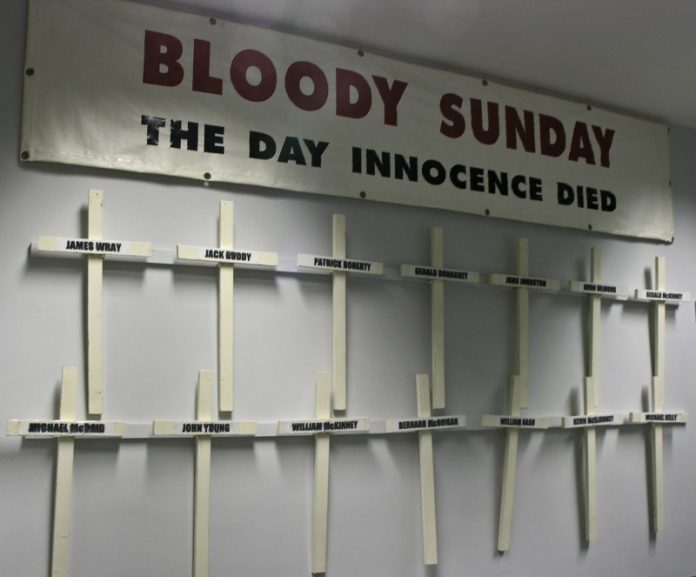
Today’s clashes between the Irish and the English go back to the 12th century when the English extended the kingdom to Ireland. Numerous conflicts and wars erupted from the 12th to the 20th centuries, but the key to this article is 1921, when the United Kingdom and Ireland conclude an agreement. The Irish were finally entitled to their own state, but the northern part of the island – Ulster – remained part of the United Kingdom. This created Northern Ireland with a special parliament.
The Irish were Catholic and the English immigrants Protestant and constituted a majority not only in Ulster but also in the new Parliament. The Irish were not satisfied with either the division of the island or the state of the newly created state. Paramilitary organizations such as the famous Irish Republican Army (IRA) are being set up. Authorities’ response to terrorist acts and sabotage were repressive measures and discriminatory laws. Violence in the streets of northern Irish cities was most pronounced in the late 1960s and early 1970s.
It should be noted that organizations were also established that sought peace through diplomacy and peace. Peaceful protests and marches were organized to demand equality between Catholics and Protestants. As peaceful protests turn into mass averages and violence, the British government sends in an army, and the number of members of paramilitary organizations increases rapidly. The Catholic Northern Ireland Civil Rights Association has staged the largest protest to date in the city of Londonderry.
That Sunday, January 30, 1972, 5000 – 30,000 people attended. The army set up barricades in front of the main square. The protesters changed course, but one group of protesters began throwing stones at the army, who responded in the usual way – water cannons, rubber bullets and tear gas. The army then received information that a sniper was nearby and began firing at the protesters uncontrollably. The peaceful protest turned into a bloodbath. Immediately after the shooting began, a ceasefire order was issued, but the military ignored it. 14 people (two of whom were killed) were killed and hundreds were wounded and arrested. This event was called Bloody Sunday. More than 1,000 bombings and 500 armed acts were carried out that year, killing more than 450 people. The Northern Ireland Parliament was soon abolished.
In 1998, Prime Minister Tony Blair launched an investigation into what really happened on Bloody Sunday. It was the most expensive and costly investigation in British history. After 12 years and £ 195 million, protesters were declared innocent. Prime Minister David Cameron has admitted that the British military fired the bullet first and apologized to the Irish for the shameful act of the British army.




